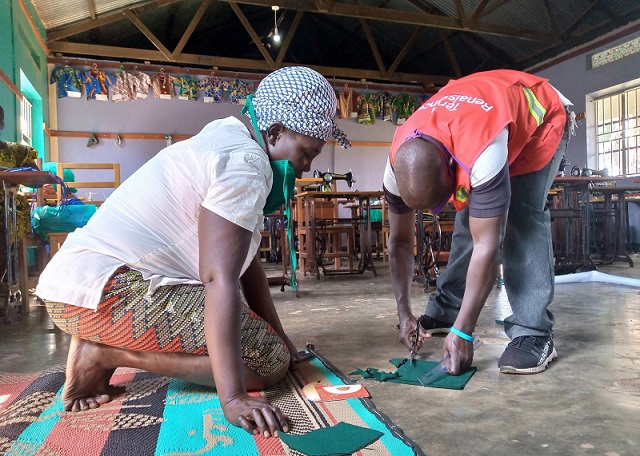
COMMENT | Michael Jjingo | Certainly, the best innovations are created in response to specific, urgent, and significant problems, with a long-term focus. In some ways, the Covid-19 crisis has made our most urgent problems and their potential solutions more obvious.
For example, health care providers needed masks; some production facilities were idle or re-allocated; workers were redundant or laid off.
Current solution, workers have been engaged to make masks in underused production facilities for health care providers. Online patient monitoring is happening, stay-at-home deliveries and the use of Artificial intelligence are being promoted.
In as much as COVID 19 has stemmed several challenges, the quick-witted have had to whistle on their way home, as their minds are crafting ideas.
Some bars have diversified into providing restaurant menus to keep afloat, not forgetting our learned dons who have invented low-cost ventilators from scratch. Certainly, innovators are creating novel solutions to the problems caused by the pandemic. The joy of an innovator is not in the idea seeing the light of the day; but living for posterity and standing the test of time.
The next step is projecting whether there will be a large, passionate market for your product or service in a post-Covid future.
Prior to the pandemic, the lack of market demand was the most common reason for failed startups’, with over 42% of companies citing it as a contributing cause while others failed due to over-focus on the technology, and not enough on the customer.
To achieve this, innovations need to be delivered through customer-centered design as a key to building a lasting business and having a deep understanding of who your customers are and how your product or service fits into their needs.
As a Covid-19 inspired entrepreneur, ask yourself two questions: Are you delivering an innovation that your customers are passionate about? And will there be a large enough number of these passionate customers to grow a business once coronavirus is under control?
If you determine that your current target market may not be large enough in a post-Covid future, you may need to pivot. For example if a firm is located near refugee host communities in Uganda, there could be a need to keep the lights on by selling translation and marketing services to refugee communities, who have grown in excess of 1 million currently in Uganda. If it’s your turn, do whatever you can to spin early, proactively, and thoughtfully.
Post Covid-19, Social enterprises have a dual objective of social impact and financial growth and have developed an array of business models to achieve these parallel goals. For example, an innovator could use the “buy one, give one” sales model to distribute the newly invented stock.
Today’s innovators who are working on mapping their new models should also look to the past, when other similar economic disruptions forced many companies to rethink their businesses. There is need for reinventing the innovated business model that is as relevant today as it was then, through review of customer value propositions (CVP), profit formula, and the key resources and processes needed to deliver the offering.
In a nutshell, the Covid-19 pandemic has clearly confirmed the adage that “crisis breeds innovation and opportunity”.
As we flashback, the World War II yielded the first programmable digital computers, as well as unexpected discoveries like the super glue. We should be desirous of Covid-19 inspired innovators creating products and services that will succeed in the long-term, and stay longer.
*****
 The writer is the General Manager Commercial Banking at Centenary Bank
The writer is the General Manager Commercial Banking at Centenary Bank
 The Independent Uganda: You get the Truth we Pay the Price
The Independent Uganda: You get the Truth we Pay the Price


